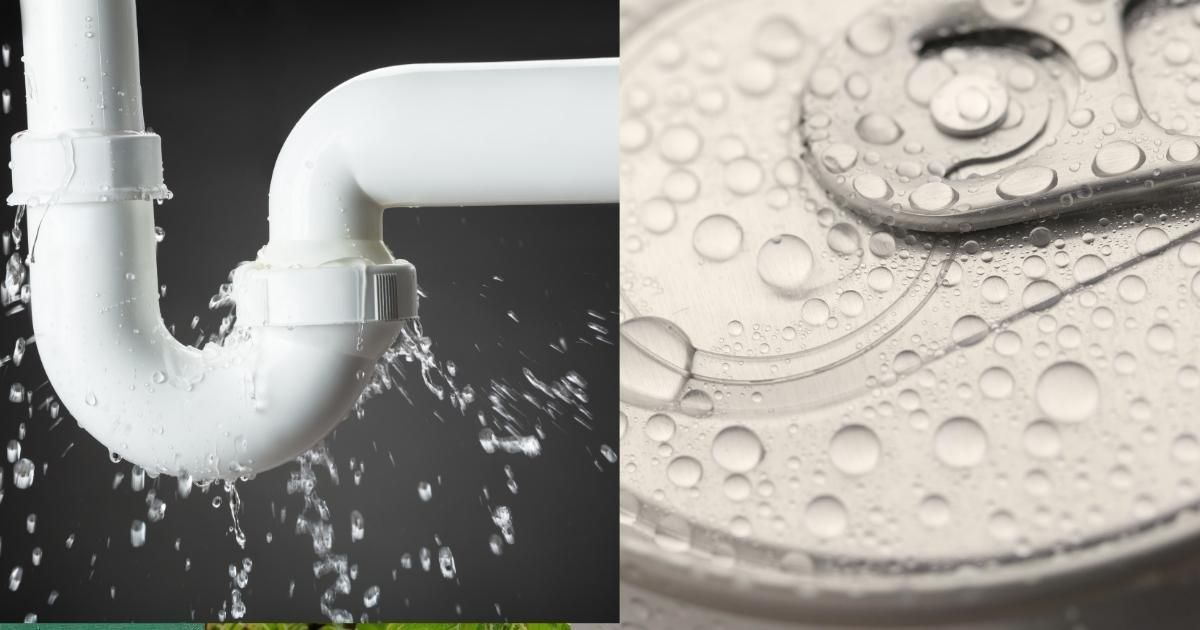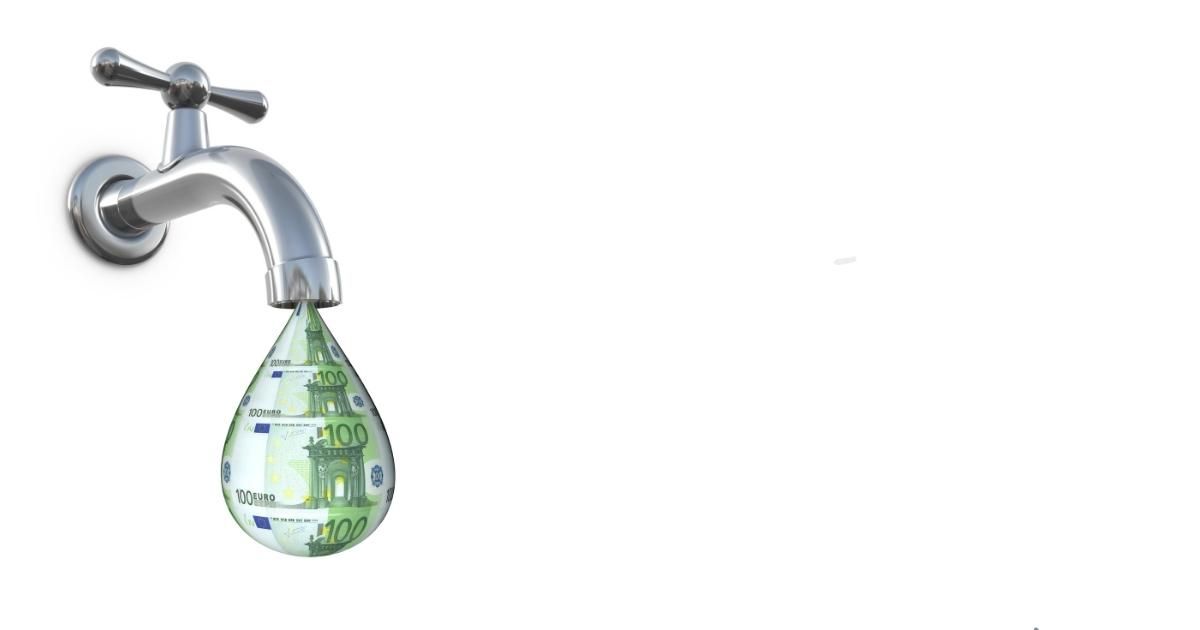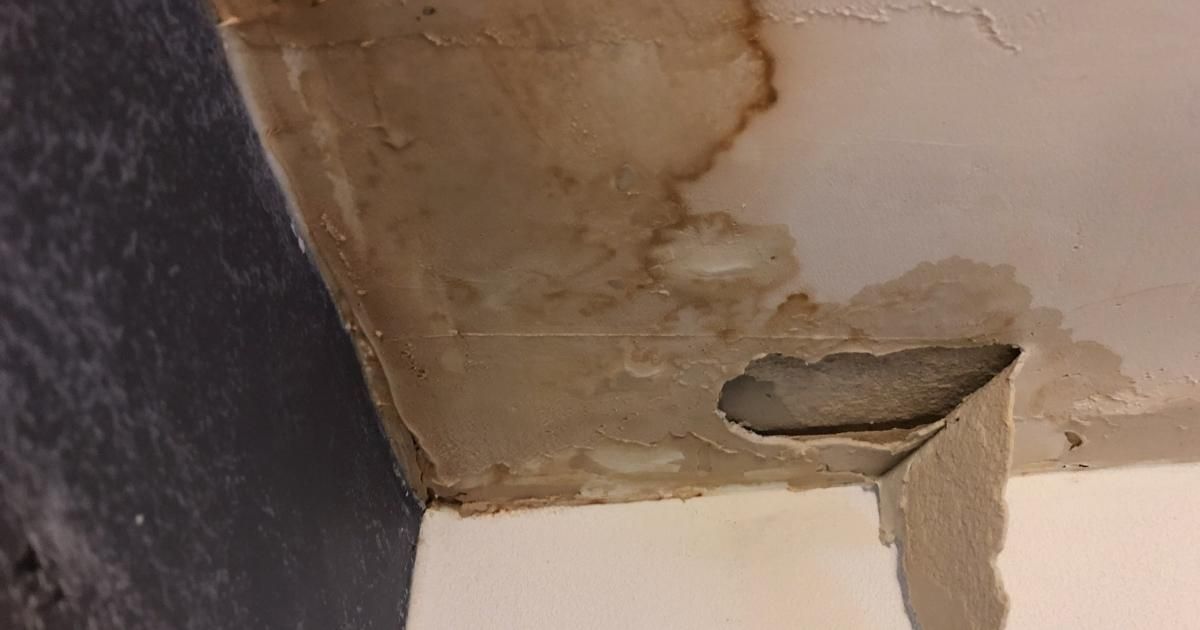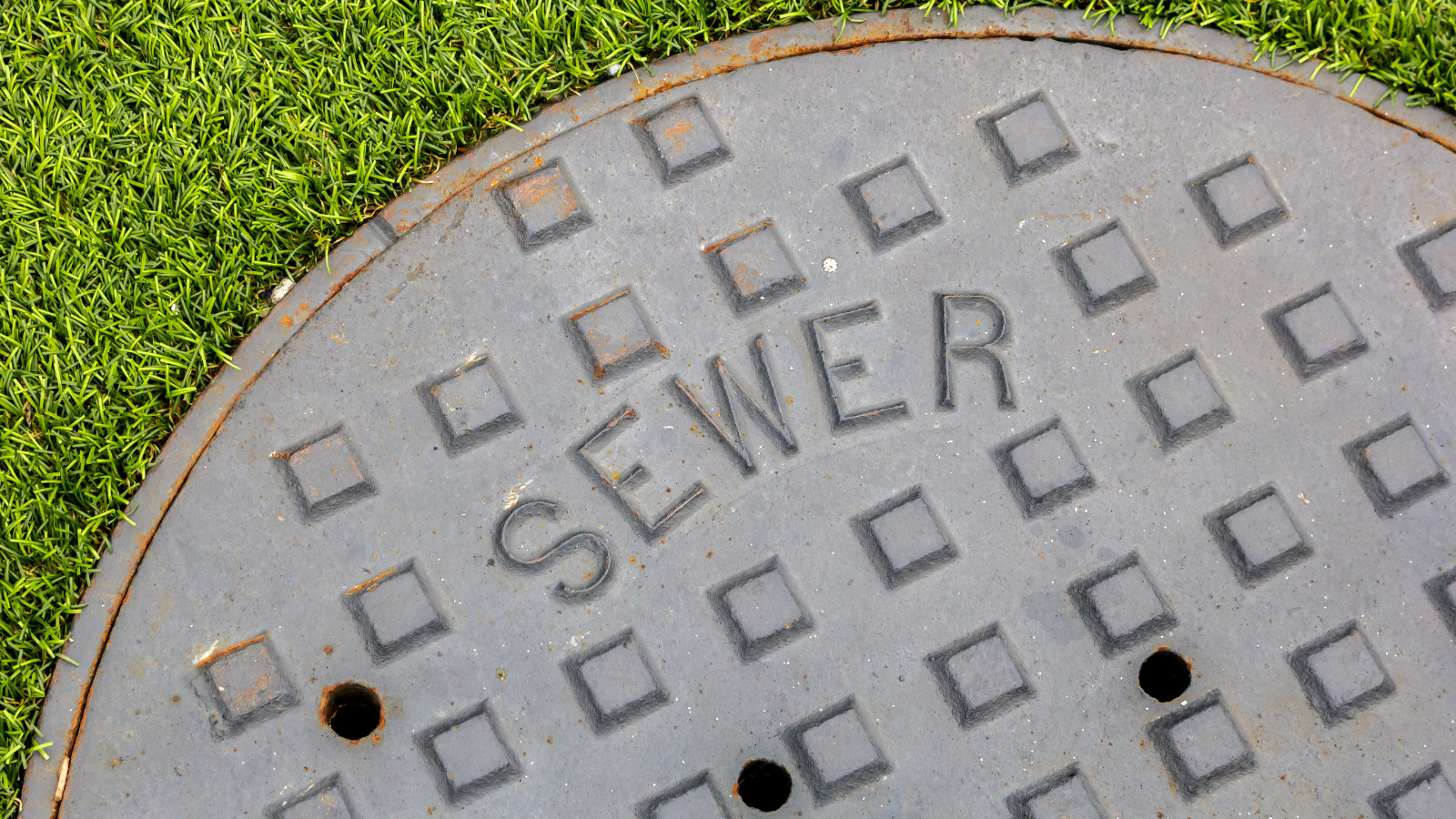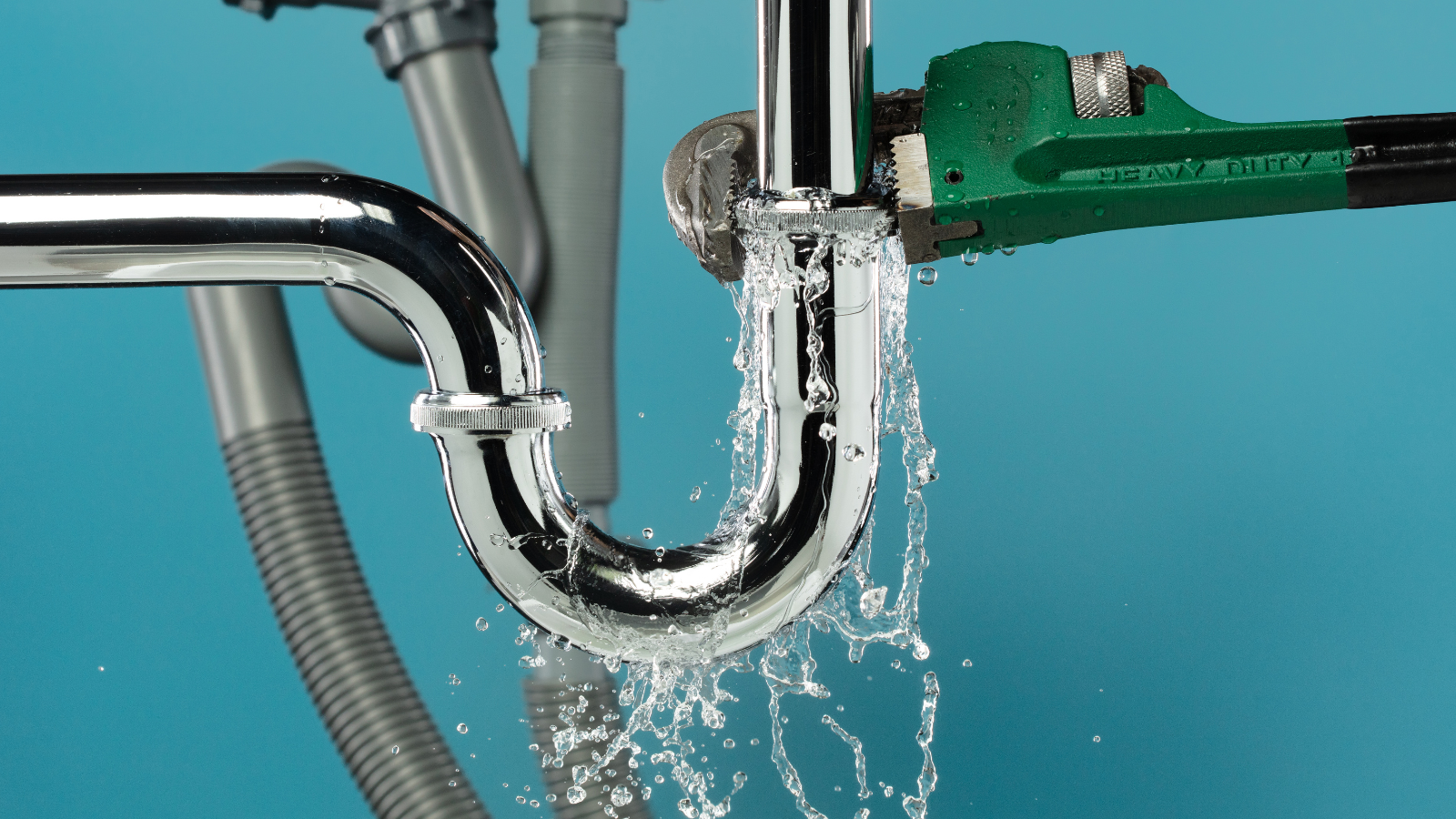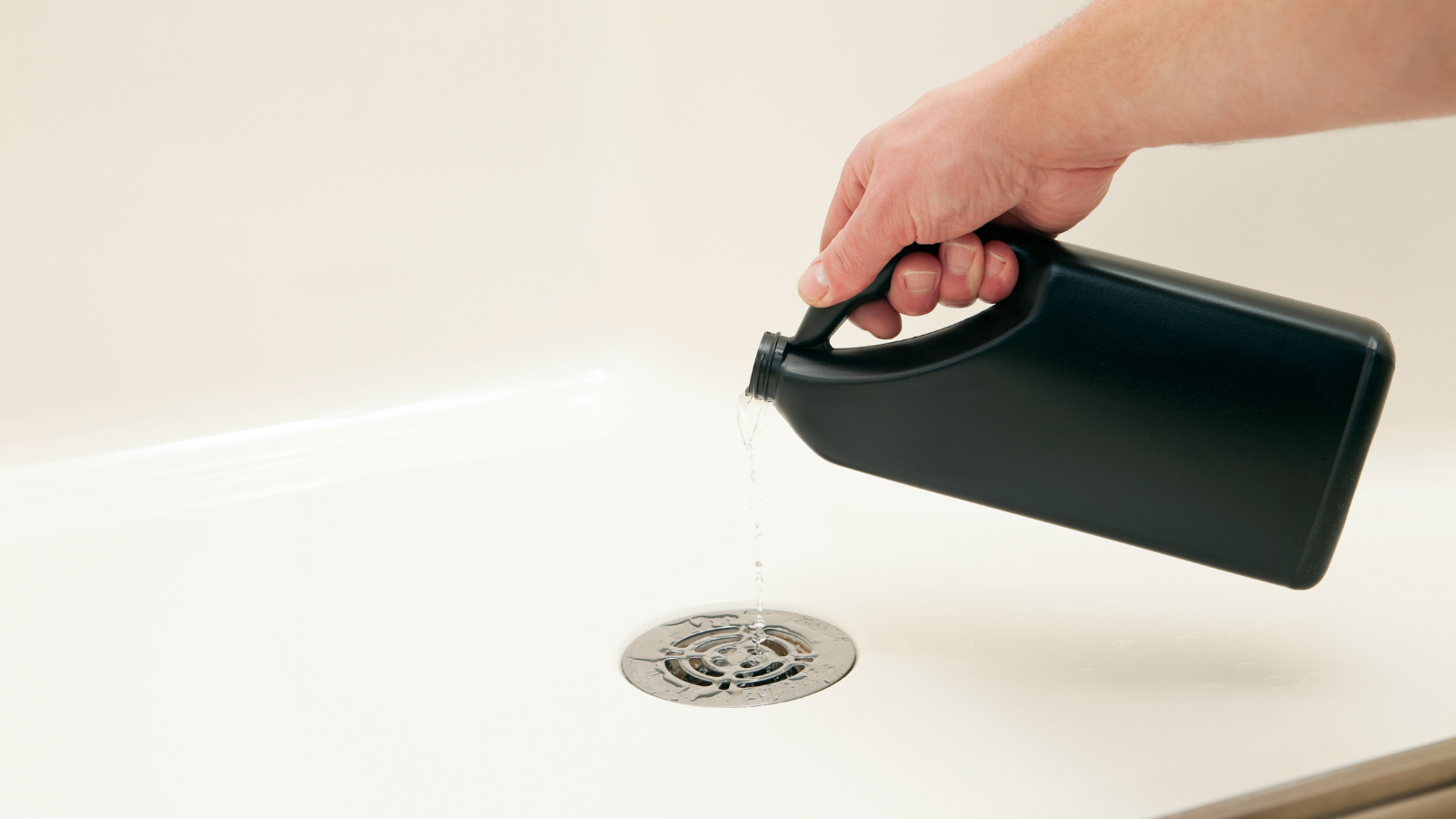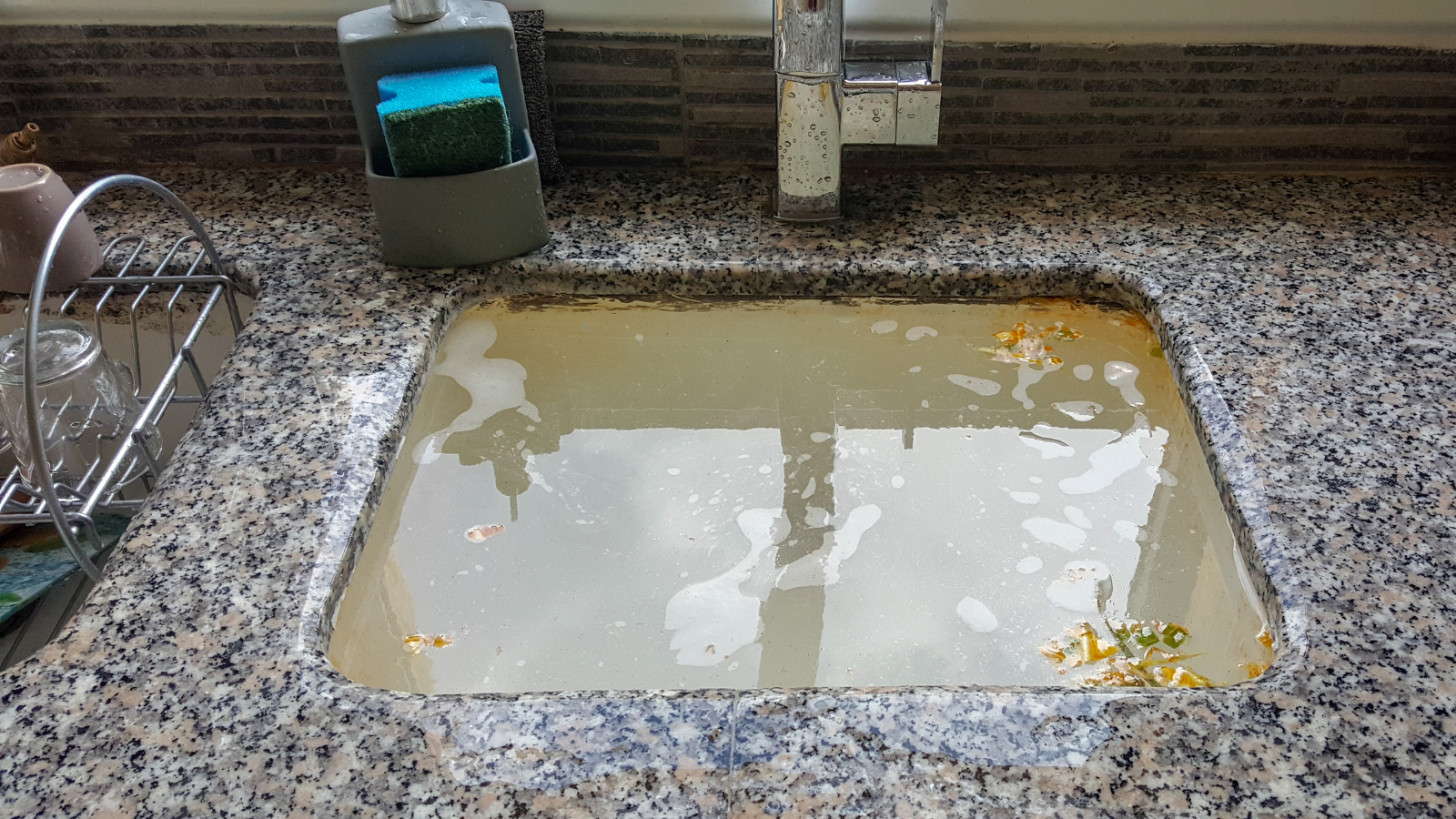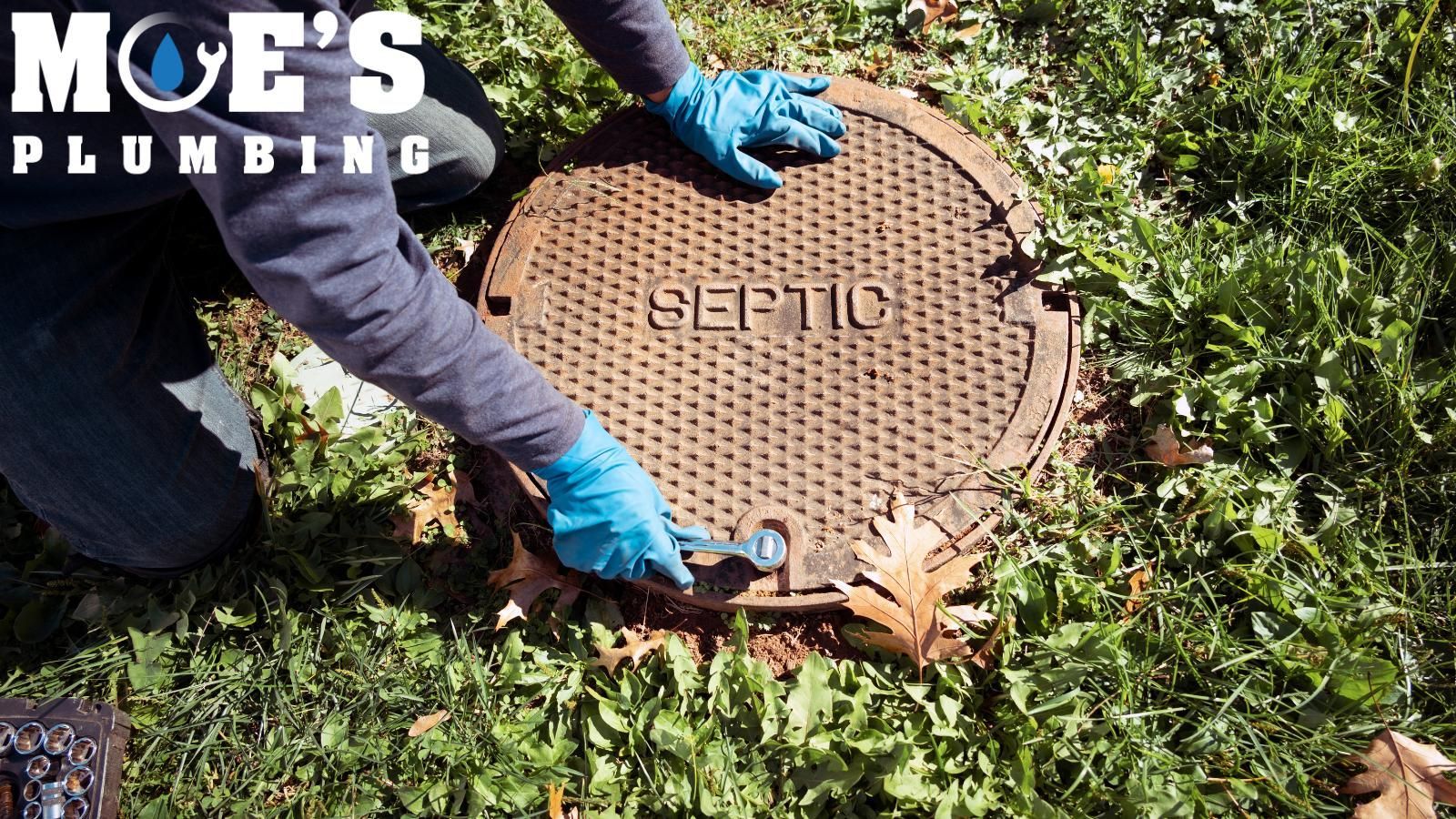How to Safely Clean Bathroom Fixtures
Are your bathroom fixtures looking cloudy, spotty or worse damaged, after you have cleaned them? Using the wrong cleaner can strip finishes, pit metal, and dull the appearance of your faucets and showerheads. Some bathroom cleaning products and procedures are over-the-top, damaging, and expensive.
The pros at Moe’s Plumbing have seen it all: brushed nickel disasters, bronze turned green and obstinate rusty spots. The trade secret is matching the cleaning methods to the material, and we’re here to show you how. You can tackle the grime without destroying the shine.
In this article we will cover the most common finishes and methods for cleaning them so you can gain confidence for cleaning every bathroom surface like an experienced plumber (minus the wrench). Learn what works, what doesn’t, and skip the harmful chemicals.
- How to clean brushed nickel
- How to clean bronze faucet fixtures
- How to remove rust from bathroom fixtures
- How to clean faucets and shower heads
- The best way to clean a bathroom - efficiently
Cleaning Bathroom Fixtures Requires Knowing Their Finish
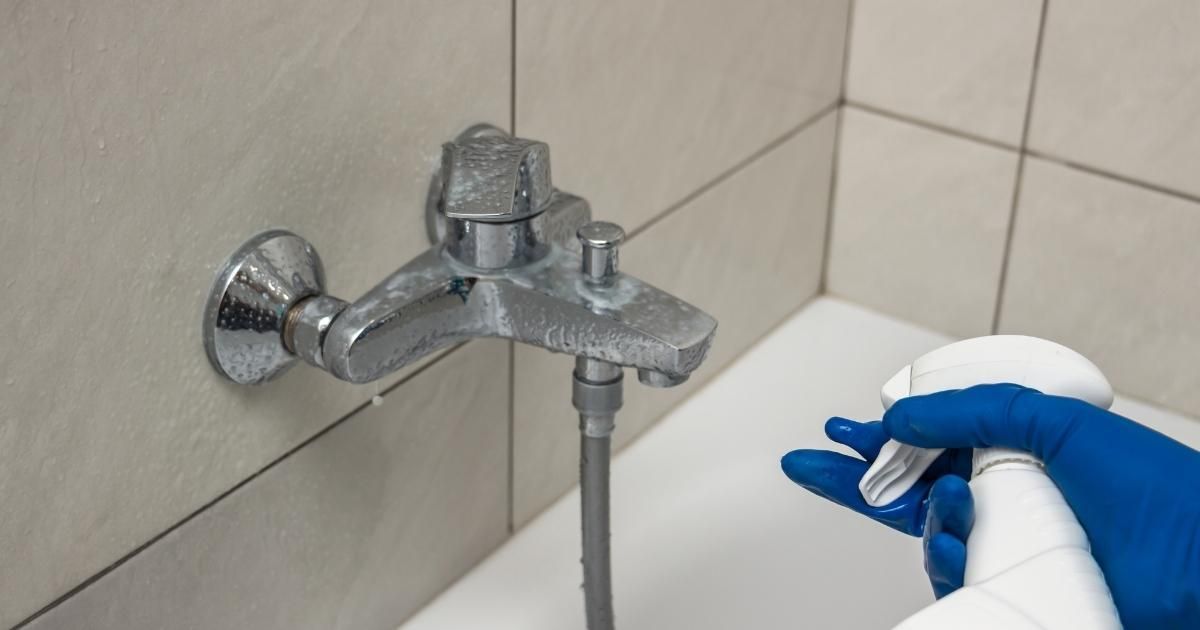
Whether you’ve had your fixtures for a while or want to protect newly installed ones, when it comes to cleaning bathroom faucets, one size does not fit all. Keeping your fixtures looking like new without causing corrosion or permanent damage requires understanding what you're working with. In this post, we’ll cover how to safely clean brushed nickel, bronze, and chrome, along with tips for cleaning the entire bathroom efficiently. These tips should reduce risks of leaks around faucet handles
requiring replacement or a plumbing repair.
Brushed Nickel – Handle with Care
The sleek, matte finish of brushed nickel looks fantastic in modern bathrooms, and even though it resists fingerprints better than polished metals, the finish is delicate. Knowing how to clean brushed nickel without dulling its finish involves using a gentle touch. Use a solution of diluted dish soap and warm water, applied with a soft microfiber cloth. Acidic cleaners (even vinegar), bleach, or abrasive scrubbing pads can strip the finish and leave permanent marks. Thankfully, elbow grease is not required for cleaning brushed nickel; all you need is a gentle approach with the right tools.
Tackling Bronze Fixtures
Oil-rubbed bronze adds luxurious warmth to any bathroom - until it’s cleaned with a harsh cleaner that turns the finish into a dappled mess. Think “less is more” if you’re wondering how to clean bronze faucet fixtures without trashing their finish. Bronze finishes are protected by a delicate coating that can be stripped away with scrubbing pads, vinegar, and chemical cleaners. Gentle cleaning with a soft cloth and warm water, or a touch of mild dish soap if needed, preserves the rich, aged look of bronze fixtures.
Removing Rust and Buildup Without Causing Damage
Hard water, soap scum and other things can create a chalky white crust around faucet bases and handles, dulling their finish and possibly damaging it which can invite rust to the party. Instead of turning to
expensive and often damaging cleaners in your grocery store, there are some natural options right in your own pantry. White vinegar diluted in equal parts water will dissolve mineral deposits – but allow the solution to work only for a few minutes. Avoid vinegar altogether on brushed nickel or bronze finishes. If stubborn spots persist, apply a gentle baking soda paste with a soft toothbrush, then rinse thoroughly to remove the grime without harming the fixture's finish. This is how to clean sink faucet buildup without harsh chemical cleaners.
Shower Heads and Faucets – The Vinegar Myth
Should you Google search for how to clean faucets and shower heads or clean a faucet with vinegar, you’ll pull up a ton of methods. But here’s the plumber-approved truth: vinegar works well, but overuse can be harmful and it should never be used on nickel or bronze fixtures.
To safely remove lime scale and buildup from faucets and shower heads:
- Fill a plastic bag with equal parts white vinegar and water.
- Place it over the shower head or faucet, securing it with a rubber band.
- Let it soak for no more than 30 minutes.
- Remove the bag, scrub gently with a toothbrush, and rinse thoroughly.
When used wisely, vinegar is an effective cleaner but overuse can not only damage the finish of chrome fixtures, it can weaken gaskets and seals
leading to water leaks and larger plumbing repairs to fix the damage.
What’s the Best Way to Clean a Bathroom?
The best way to clean a bathroom is to consider a smart order of operations and then tailor it to your situation. Think in order of: Dust → Spray → Scrub → Dry - Every time.
Here’s a basic plan:
- Start with what needs to “sit” – toilet bowl cleaner, vinegar soaks, or baking soda paste.
- While the soaking is working, tackle fast wins – such as wiping down the vanity or shining a mirror.
- Clean from top to bottom, avoiding re-dos
- Dry fixtures last, preventing water spots or streaks.
Perfecting a smart cleaning routine will help you spend more time on other activities.
Clean Fixtures, Happy Home – And Fewer Plumber Calls
A happy home has a clean bathroom, and when you match your cleaning method to your fixture’s finish, you’ll preserve that “showroom-new” look for years. From chrome to brushed nickel and bronze, each material has its quirks, but now you know how to clean them safely.
Texarkana homeowners dealing with a leak, mystery buildup, or just needing advice can reach out to Moe’s Plumbing for help.
Have a leak or stubborn buildup? Moe’s Plumbing has you covered.
